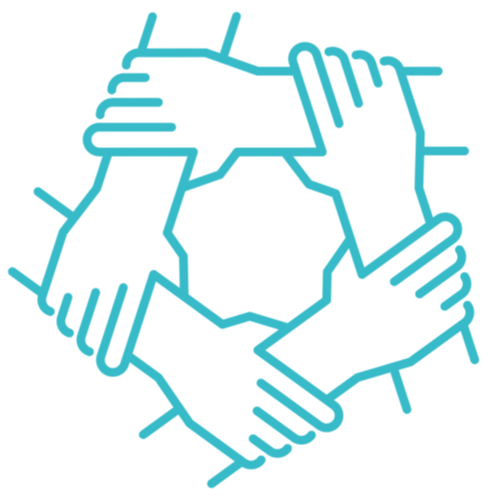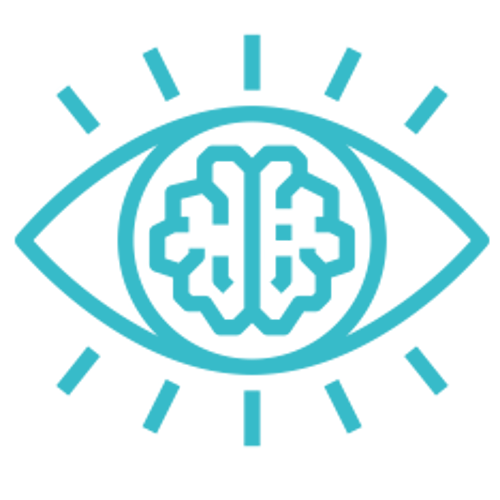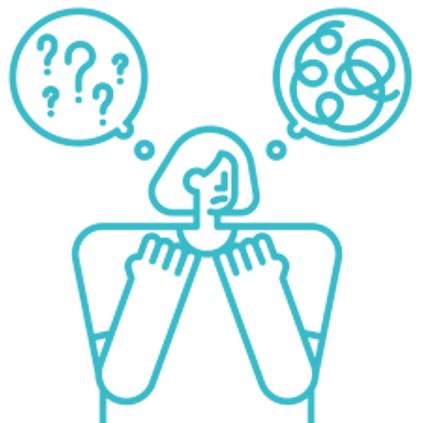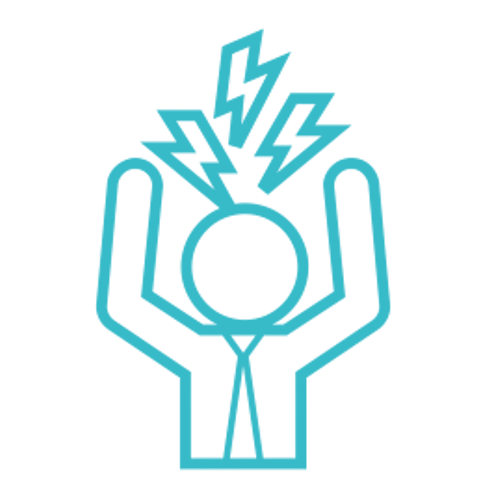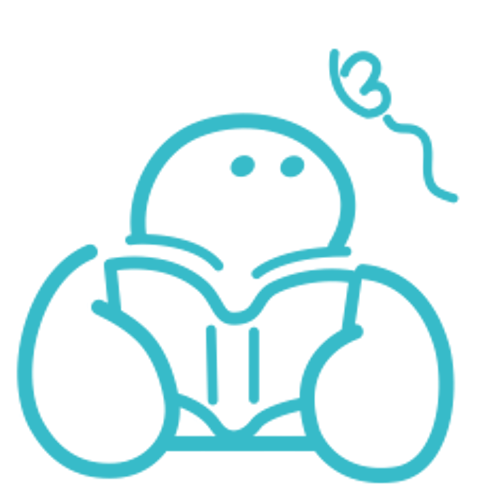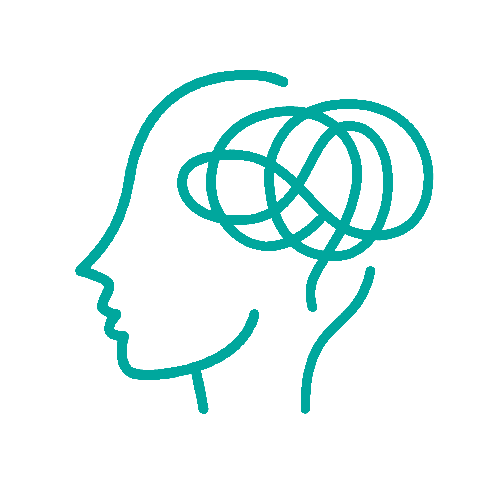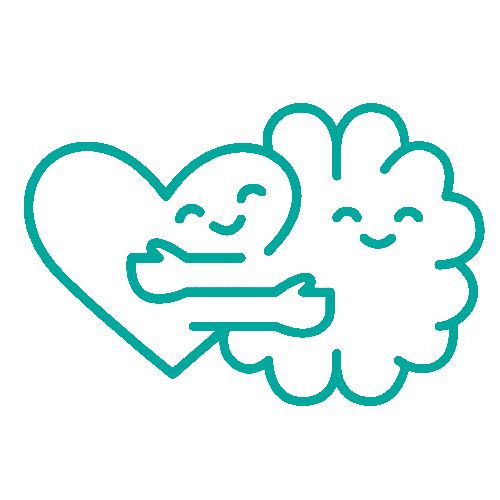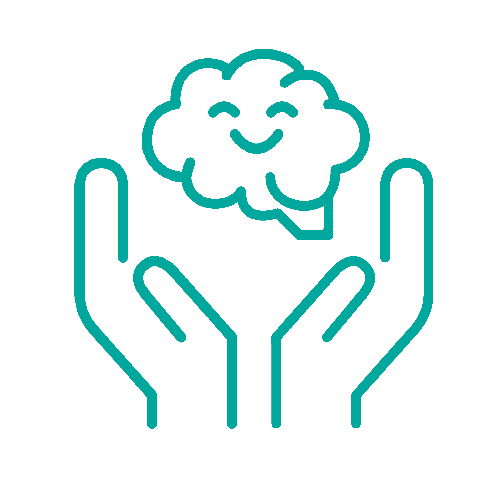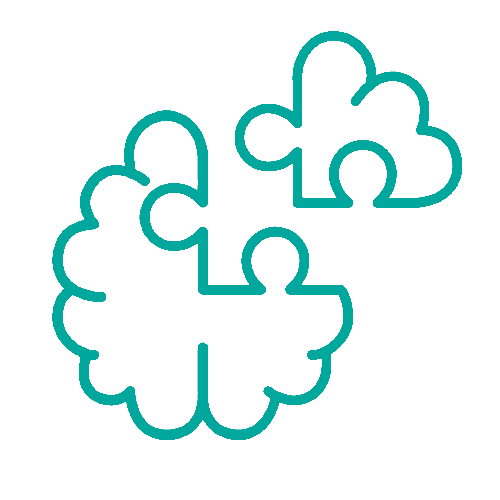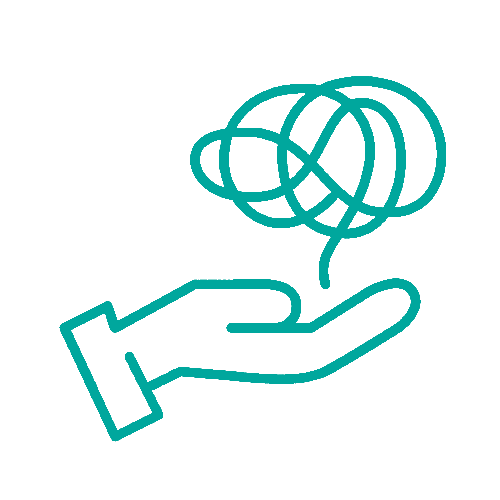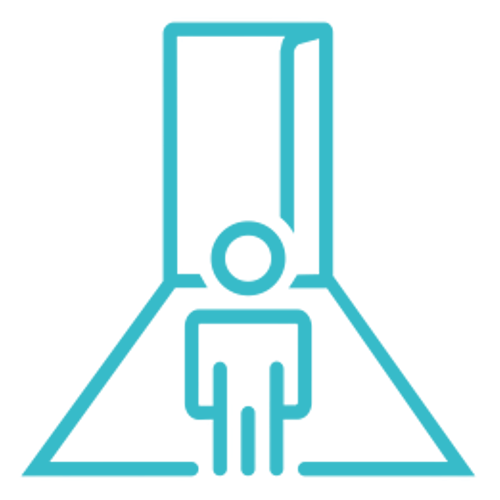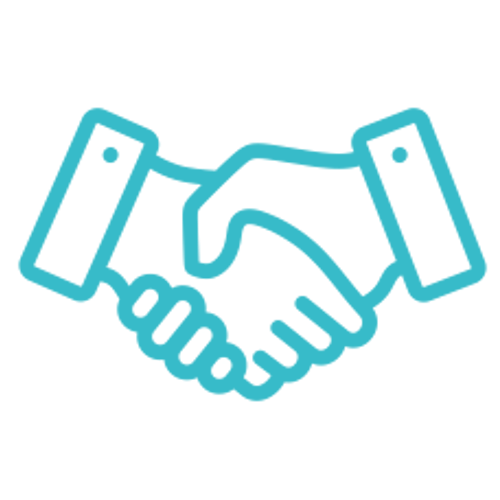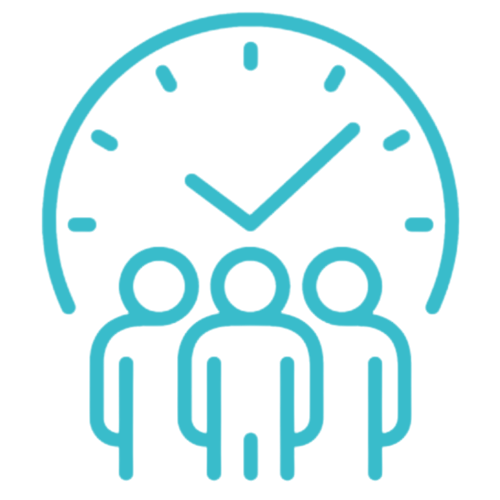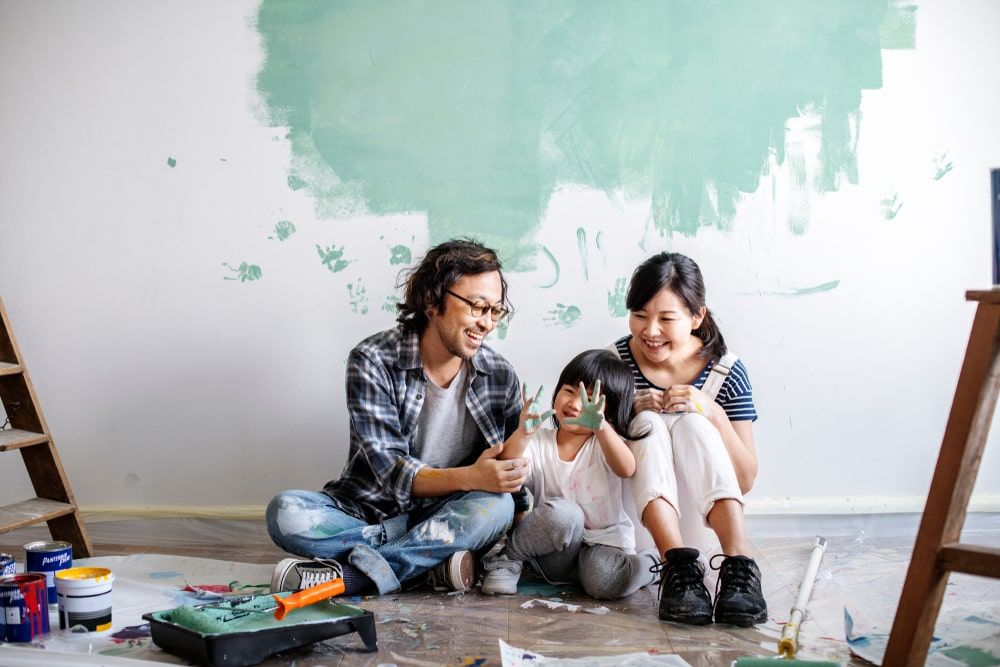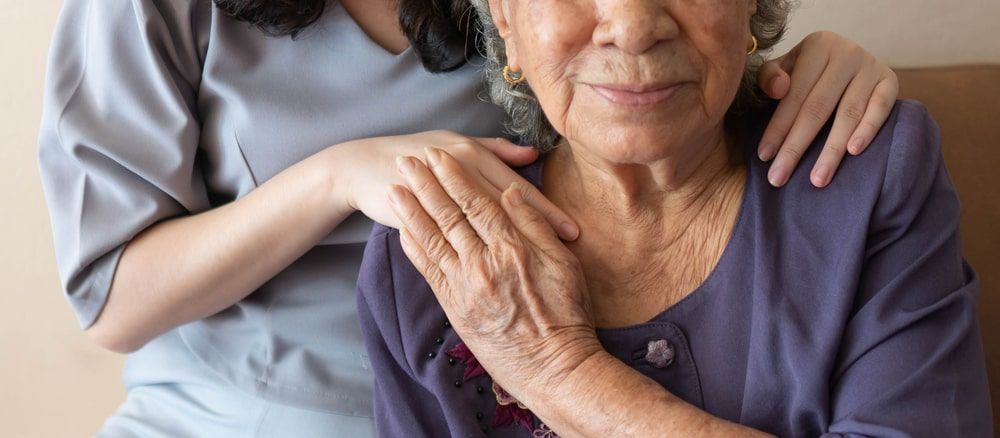Understanding the Model Minority Myth’s Impact on AAPI Mental Health
The Model Minority Myth is woven with both admiration and misconception, particularly concerning Asian Americans and Pacific Islanders (AAPI). This myth paints a picture of AAPI individuals as uniformly successful, academically accomplished, and impervious to adversity. Yet, beneath this facade lie hidden tolls—pressures to conform, fears of failure, and stigma surrounding mental health—casting a shadow over AAPI communities’ mental well-being. In this blog, we explore the depths of the Model Minority Myth, dissecting model minority origins, exploring its covert impacts, and unveiling the barriers it erects to accessing essential mental health treatment.
What is the model minority myth?
The Model Minority Myth is a pervasive stereotype that portrays certain minority groups, particularly Asian Americans and Pacific Islanders (AAPI), as a homogeneous and highly successful demographic. It suggests that individuals within these groups achieve high levels of socioeconomic success, academic achievement, and cultural assimilation due to their inherent cultural values such as hard work, discipline, and family cohesion.
Originating in the 1960s, the Model Minority Myth emerged as a tool to downplay racial discrimination and socioeconomic disparities faced by other minority groups, particularly African Americans, during the Civil Rights Movement era. By highlighting the achievements of AAPI individuals, proponents of the myth aimed to suggest that racial discrimination and systemic barriers were not significant obstacles to success.
However, the Model Minority Myth oversimplifies the diverse experiences within AAPI communities and overlooks the systemic challenges and barriers they face. It creates unrealistic expectations for individuals within these groups, perpetuates harmful stereotypes, and undermines efforts to address the unique socioeconomic and mental health needs of AAPI communities.
5 Hidden Tolls on AAPI Mental Health
The hidden toll on AAPI mental health resulting from the Model Minority Myth is multifaceted and profound. While on the surface, the stereotype may appear flattering, its impact runs deep, affecting individuals’ well-being in various ways.
1. Pressure to Conform:
The pressure to conform to the Model Minority Myth’s expectations weighs heavily on AAPI individuals, shaping their sense of identity and influencing their life choices. From a young age, they may internalize the belief that success is synonymous with academic excellence, professional achievement, and financial stability. This pressure to meet unrealistic standards can create a constant sense of inadequacy and self-doubt, as individuals strive to live up to the myth’s lofty ideals. The relentless pursuit of perfection can lead to chronic stress, anxiety, and burnout, as individuals juggle competing demands and expectations while grappling with the fear of failure. Addressing Asian mental health concerns becomes crucial in alleviating these pressures and fostering a more supportive environment for mental well-being.
2. Fear of Failure:
The fear of failure is pervasive among AAPI individuals influenced by the Model Minority Myth, fueling anxiety and self-doubt as they navigate academic and professional pursuits. There is a deep-seated belief that any misstep or setback will not only reflect poorly on themselves but also on their entire ethnic or cultural group, adding an extra layer of pressure to succeed. This fear can be paralyzing, preventing individuals from taking risks or pursuing their passions for fear of falling short of expectations and facing judgment from their peers and community. The fear of failure can manifest as perfectionism, as individuals strive to maintain an illusion of success to avoid disappointing others and preserving their sense of self-worth.
3. Imposter Syndrome:
Imposter syndrome plagues many AAPI individuals impacted by the Model Minority Myth, undermining their confidence and sense of self-worth despite their achievements. Even when they succeed, they may attribute their accomplishments to external factors such as luck or timing, dismissing their own capabilities and downplaying their achievements. This constant self-doubt can create a persistent feeling of being a fraud or impostor, leading to feelings of inadequacy and anxiety about being exposed as unworthy of success. The pressure to live up to the myth’s expectations exacerbates imposter syndrome, as individuals strive to maintain an image of competence and perfection to avoid scrutiny and judgment from others.
4. Stigmatization of Mental Health:
In many AAPI communities, mental health issues are surrounded by a culture of silence and shame. Seeking therapy or counseling is often stigmatized, viewed as a sign of weakness or failure rather than a proactive step towards healing. This stigma prevents individuals from openly discussing their mental health struggles and seeking the support they need. Addressing Asian American mental health is crucial in breaking these barriers and fostering a culture of acceptance and support. The fear of being judged or ostracized by family members, peers, or community members further compounds the challenges faced by individuals struggling with their mental health. As a result, many AAPI individuals suffer in silence, feeling isolated and misunderstood, which can exacerbate their feelings of despair and hopelessness.
5. Lack of Access to Culturally Competent Services:
Even for those who recognize the importance of seeking help, accessing culturally competent mental health services can be a significant barrier. Language barriers, cultural differences, and a lack of understanding of AAPI cultural norms and values among mental health providers can create a disconnect between individuals and the support they receive. Many AAPI individuals may struggle to find therapists or counselors who can effectively communicate with them in their preferred language or understand their cultural background and experiences. As a result, they may feel marginalized or misunderstood, hindering their ability to build trust and engage in the therapeutic process. The lack of access to culturally competent services further compounds the mental health challenges faced by AAPI individuals, leaving them feeling unsupported and underserved. Addressing this barrier requires increasing awareness of the importance of Asian American mental health and advocating for more resources and training for mental health providers to better meet the needs of AAPI communities.
The Model Minority Myth’s Impact on AAPI Communities
The impact of the Model Minority Myth on AAPI communities is far-reaching and multifaceted. Let’s explore how this stereotype affects these communities:
1. Erasure of Diversity:
The Model Minority Myth homogenizes AAPI communities, overlooking the vast diversity of experiences within them. AAPI individuals come from a wide range of ethnic, cultural, and socioeconomic backgrounds, each with their own unique challenges and struggles. By painting all AAPI individuals as uniformly successful, the myth erases the nuanced realities of their experiences and perpetuates a monolithic narrative that fails to capture the true diversity of AAPI communities.
2. Perpetuation of Harmful Stereotypes:
The Model Minority Myth perpetuates harmful stereotypes about AAPI individuals, portraying them as inherently successful, hardworking, and academically gifted. This stereotype not only oversimplifies the complexities of AAPI experiences but also reinforces the idea that success is achievable through individual effort alone, ignoring the systemic barriers and discrimination faced by many AAPI individuals. By perpetuating these stereotypes, the myth reinforces harmful narratives that can marginalize and stereotype AAPI individuals, further contributing to their struggles.
3. Exacerbation of Disparities:
The Model Minority Myth obscures the socioeconomic challenges, discrimination, and systemic barriers faced by many AAPI communities. By painting AAPI individuals as uniformly successful, the myth overlooks the disparities that exist within these communities, including disparities in education, employment, healthcare, and housing. This oversimplification not only undermines the struggles of AAPI individuals but also hinders efforts to address the root causes of these disparities and create more equitable opportunities for all members of AAPI communities.
4. Hindrance to Addressing Mental Health Needs:
By perpetuating the Model Minority Myth, society overlooks the unique mental health needs of AAPI communities. The myth suggests that AAPI individuals do not face significant mental health challenges, as they are presumed to be successful and resilient. This oversimplification hinders efforts to address the mental health disparities that exist within AAPI communities and may prevent individuals from seeking support due to the stigma surrounding mental health issues.
Cultural Stigma and Barriers to Treatment
Cultural stigma and barriers to treatment present significant challenges to addressing mental health issues within AAPI communities. Here’s how these factors impact individuals seeking help:
1. Stigma Surrounding Mental Health:
Within many AAPI cultures, there exists a pervasive stigma surrounding mental health issues. Mental illness is often viewed as a taboo topic, and seeking help for psychological distress is seen as a sign of weakness or failure. This stigma can stem from cultural beliefs that prioritize stoicism, self-reliance, and maintaining a facade of strength and resilience. As a result, individuals may feel ashamed or embarrassed to admit that they are struggling with their mental health, leading them to suffer in silence rather than seeking help.
2. Familial and Social Pressure:
In AAPI cultures, familial and social relationships play a central role in individuals’ lives. There is often pressure to conform to societal expectations and meet family obligations, which can create additional barriers to seeking mental health treatment. Individuals may fear judgment or rejection from their family members or community if they disclose their struggles with mental health. This fear of social ostracism can prevent individuals from seeking help, as they may prioritize maintaining harmony within their family and community over addressing their own mental health needs.
3. Cultural Beliefs and Values:
Cultural beliefs and values can influence perceptions of mental health and treatment within AAPI communities. Traditional healing practices and alternative therapies may be preferred over Western approaches to mental health care. Additionally, cultural norms regarding gender roles and masculinity may discourage men from seeking help for mental health issues, as they may feel pressure to uphold traditional ideals of strength and resilience.
4. Language and Access Barriers:
Language barriers can pose significant challenges for AAPI individuals seeking mental health treatment. Many mental health resources are only available in English, which can make it difficult for individuals who are not fluent in the language to access care. Furthermore, AAPI communities may face disparities in access to mental health services due to factors such as socioeconomic status, immigration status, and geographic location. Limited financial resources, lack of insurance coverage, and scarcity of culturally competent providers can further exacerbate these barriers to treatment.
5. Lack of Culturally Competent Care:
Even when individuals are willing to seek help, they may encounter challenges in finding mental health providers who understand their cultural background and values. Culturally competent care involves acknowledging and respecting individuals’ cultural beliefs, practices, and preferences in the provision of mental health services. However, there is often a shortage of mental health professionals who are trained to provide culturally sensitive care to AAPI communities. This lack of cultural competence can lead to miscommunication, misunderstanding, and dissatisfaction with treatment, ultimately hindering individuals’ recovery process.
Ready to address the hidden wounds caused by the Model Minority Myth?
Nurturing resilience amidst the pressures of the Model Minority Myth is crucial for fostering healthier family dynamics within Asian communities. At Uncover Mental Health Counseling, we understand the significance of this journey and are here to provide guidance. Here’s how you can take the first steps:
- Schedule a Free Consultation: Begin your healing journey by arranging a complimentary 15-minute consultation with Uncover Mental Health Counseling. Together, we’ll delve into the complexities of the Model Minority Myth’s impact on your mental well-being.
- Connect with NYC Asian Therapists: Our Asian-owned therapy practice comprises experienced, culturally competent therapists who are skilled at navigating the cultural nuances and pressures associated with the Model Minority Myth. Receive compassionate support tailored to your unique experiences as an AAPI individual.
- Implement Healing Practices: Collaborate with our experts to develop personalized healing practices aimed at addressing the impacts of the Model Minority Myth and fostering resilience.
